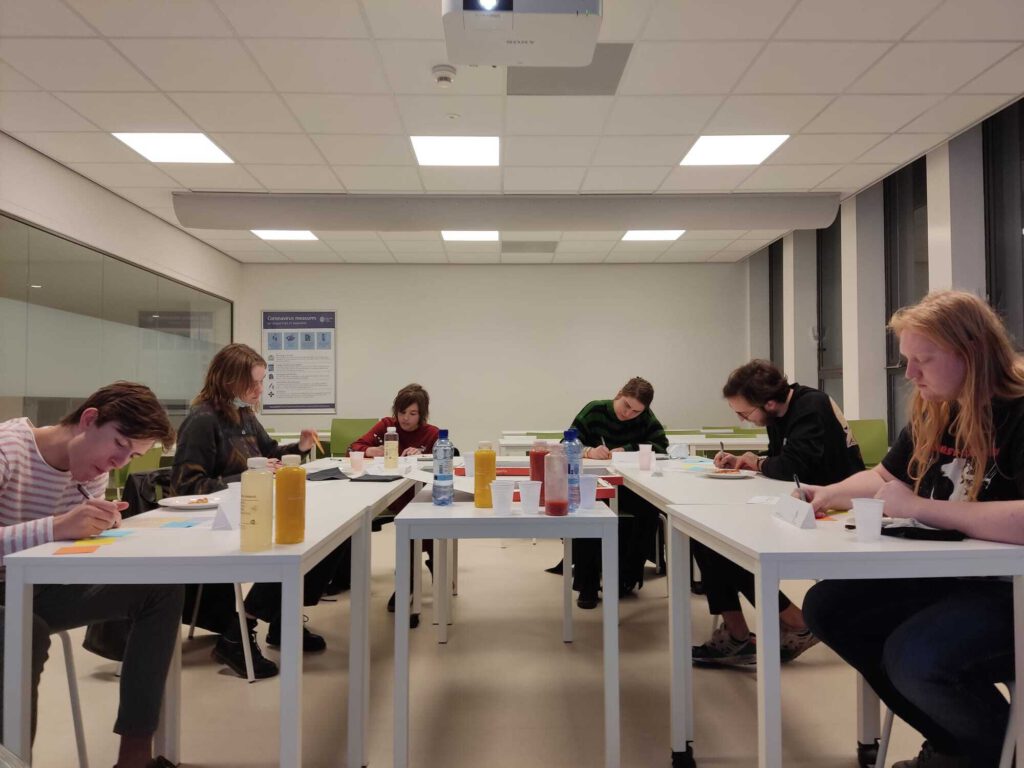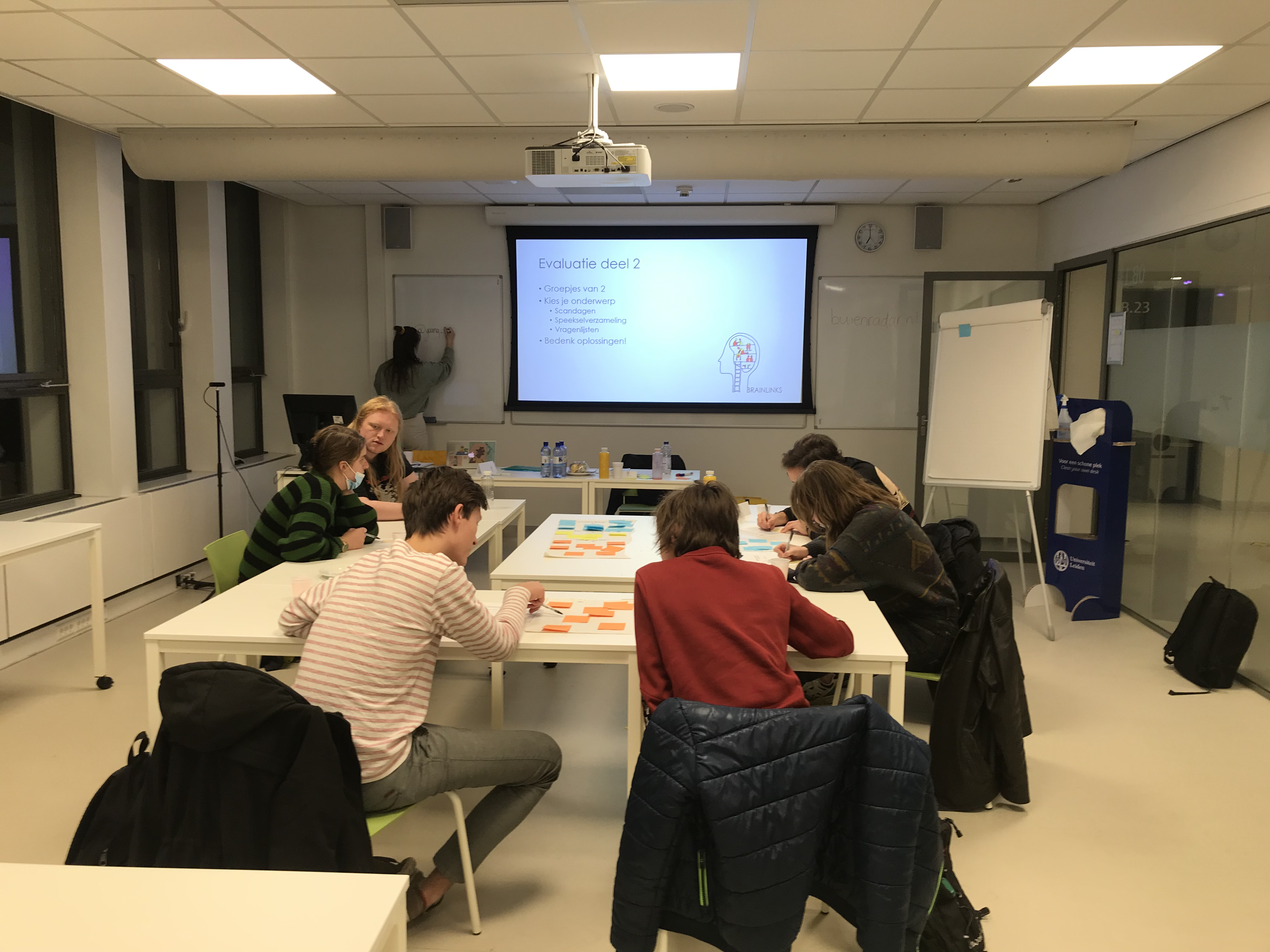Brainlinks – the Co-Evaluation

Research that concerns young people is best carried out together with young people. After all, young people are the experts on how they experience the world. By actively involving young people and other social partners in research, the SYNC Lab aims to bridge the gap between science and society, with the objective of improving science and informing youth about their behavioral and neural development. Here, the ‘Brainlinks’ project is no exception. ‘Brainlinks’ is a longitudinal (f)MRI study in which neuroimaging, behavioural research, hormonal research and questionnaires come together. Young people between the ages of 9 and 21 participate three times over a period of 5 years. To get a better idea of how participants experienced participating in the ‘Brainlinks’ study, we organized a so-called ‘co-evaluation’ session: an evaluation with young people who participated in the research, with the aim of improving research in the future.
Results and lessons from the general evaluation of the ‘Brainlinks’ study
To get a good idea of how young people experienced their participation in ‘Brainlinks’ and to learn from it, 14 young people participated in co-evaluation sessions, in two groups of 6 and one group of 2. Through various work formats (e.g., think-pair-share), we invited participants to share their positive and negative experiences surrounding the study. During these co-evaluation sessions we, as researchers, tried to create an informal atmosphere in which participants could freely share their experiences with each other and the researchers. Finally, for the areas of improvement that were suggested, participants also came up with concrete solutions directly. A good number of do’s emerged from the sessions, which future research can benefit from. What was immediately visible is that most tips we received to enhance motivation and improve participants’ experiences were in line with social determination theory (SDT; Ryan & Deci, 2000): providing participants with autonomy (through providing choice options) and relatedness (by providing a meaningful rationale about why participation is relevant). The tips provided here can help researchers who aspire to start a (longitudinal) (f)MRI study.

Do’s for longitudinal fMRI research
- Try to give young people as much control as possible by offering choices. This allows research days to be as enjoyable as possible and allows youth to feel like they have a say in how the research day goes.
- Let participants choose the time of participation when they know they will be rested.
- Let participants choose whether they want to start with behavioral tasks and questionnaires, or with the scan. Keep in mind that consistency is important in longitudinal (fMRI) research, but try to be flexible where possible.
- If a large part of your study consists of questionnaires, consider giving participants the option of completing them at home in advance.
- Tell young people (where possible) why their participation (and the separate parts of the study) is/are important: awareness of the importance of participation increases involvement and motivation!
- Try to bring as much variety as possible in places where this is possible, without influencing your research results with it.
- For hormone collection through saliva, it can be helpful if participants get some kind of tips and tricks on how to collect the saliva. Think of a fun way to communicate this, for example an instructional video in which peers demonstrate it.
- If you use a lot of questionnaires in your research, make sure that they can also be read out to the participant. This is nice for participants with dyslexia or participants for whom a lot of reading is an obstacle.
- Use different forms of communication for sending reminders: email, text message, WhatsApp, while still keeping an eye out for privacy: keep personal information with a password!
Tips for communicating your results to young people
With a few of the participants we also evaluated the way in which research results can best be communicated with young people. Using social media seems to be a good way to make science available to young people, but “don’t be a boomer, don’t do TikTok dances!”, as one of our participants pointed out. So what does work?
Do’s for sharing research results with young people
- Use the most popular form of social media, for example Instagram and TikTok.
- Provide subtitles when you post videos (so they can be viewed without earbuds)
- Provide professional and pleasant visual design with your own house style
- Collaborate with schools and museums, ask teachers to use your videos or give workshops
- Keep it short!
The next aim for our future studies and projects is to also include young people in the creation of studies, by means of co-creation. With co-creation, citizens are an active part of the construction of the study, resulting in science which is relevant for those about whom the research is conducted. Likewise, the results from the co-evaluation sessions provide a good starting point for researchers who want to start a longitudinal (f)MRI study in such a way that it is also a good match with young people as participants, making research more fun and more approachable for our future generation.
Contact
Erasmus University Rotterdam
Mandeville Building T13
Burgemeester Oudlaan 50
3062 PA Rotterdam, the Netherlands

